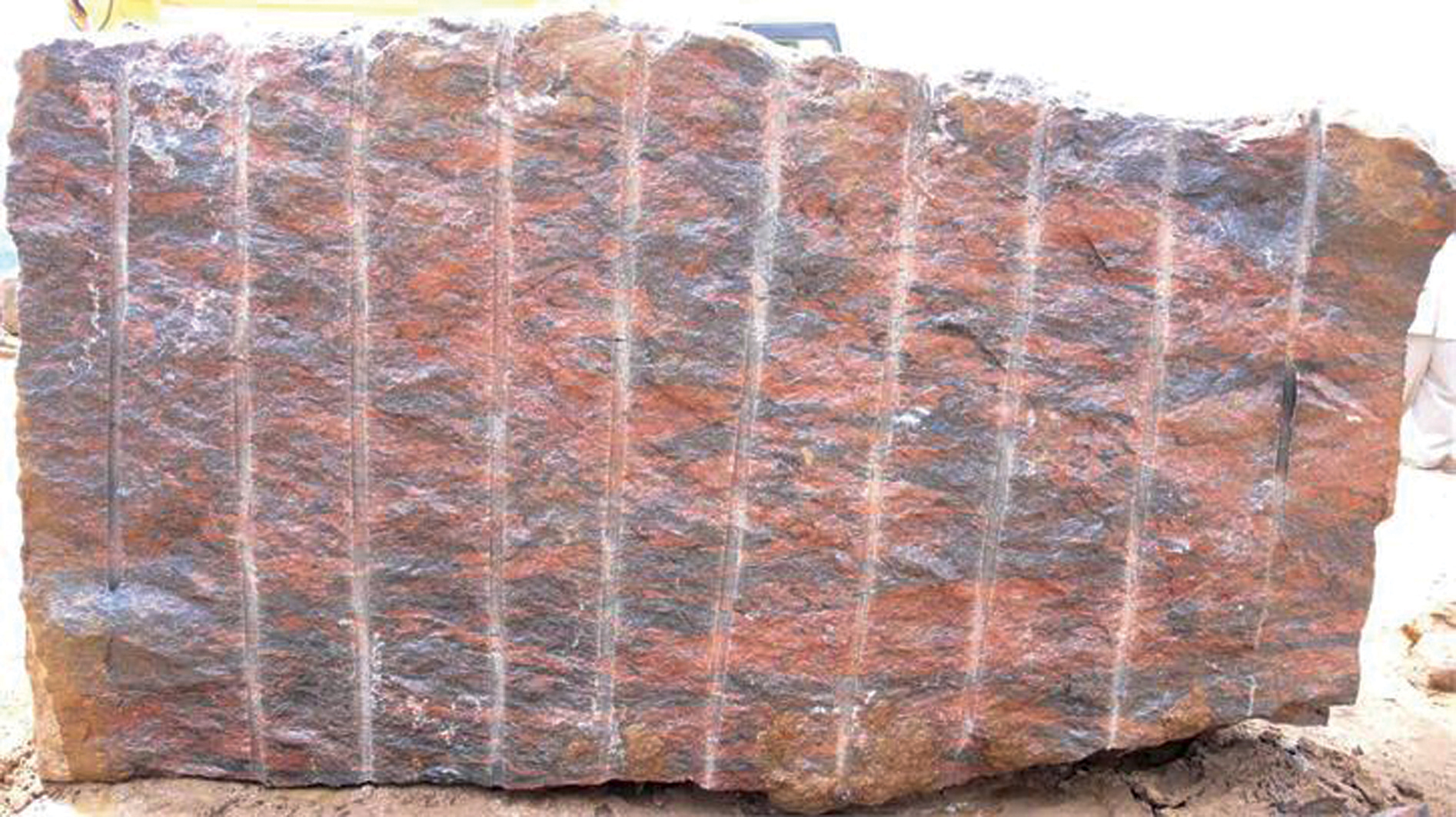The Concealed Gems: Checking Out Granite Quarries in South Africa
The Concealed Gems: Checking Out Granite Quarries in South Africa
Blog Article
Uncovering the Rich History and Sustainable Practices of Granite Quarrying
As we base on the precipice of uncovering the complex tapestry of granite quarrying, a trip via time reveals not just the physical act of extracting stone but likewise the social and historical value woven into the extremely fabric of this practice. From the old beginnings that laid the structure for modern quarrying techniques to the sustainable techniques that are forming the future of this sector, each chisel mark on granite surfaces narrates waiting to be uncovered (granite quarries in south africa). The heritage of granite quarrying stretches much beyond mere removal; it is a testament to human ingenuity, strength, and the enduring appeal of this stunning stone
Ancient Origins of Granite Quarrying
Going back to old worlds, the technique of quarrying granite has been an important part of human background and architectural development. The earliest evidence of granite quarrying go back to old Egypt, where substantial pyramids and intricate sculptures were crafted from this durable stone. The Egyptians utilized primitive tools to extract granite blocks from quarries, showcasing the importance of this material in their huge constructions.
Progressing in history, the Greeks also made substantial payments to the quarrying of granite. The Greeks utilized granite in numerous architectural marvels, such as temples and statuaries, demonstrating their skill in shaping and sculpting this durable stone. The Romans even more refined the techniques of quarrying granite, utilizing sophisticated devices like knives and hammers to remove and shape granite for their legendary frameworks.
Via the centuries, the technique of quarrying granite has advanced, with contemporary innovations boosting effectiveness while maintaining the timeless allure of this all-natural stone - granite quarries in south africa. From ancient civilizations to contemporary building contractors, the tradition of granite quarrying proceeds to form our world
Development of Quarrying Strategies
The development of quarrying methods has actually been noted by a continual progression towards better effectiveness and precision in extracting granite. From the rudimentary approaches used by our ancestors to the advanced technologies made use of in modern-day quarrying procedures, the industry has actually undergone substantial improvements. Early quarrying strategies included hands-on labor with fundamental tools such as chisels, hammers, and wedges to draw out granite blocks from the earth. As worlds progressed, strategies like fire-setting and primitive nitroglycerins were presented to facilitate the removal process.
Advancements in computer-controlled devices and 3D modeling have actually maximized quarrying operations, leading to very little ecological impact and improved sustainability practices. As the need for granite proceeds to increase, the development of quarrying methods remains essential to conference industry requires effectively and sustainably.
Social Value of Granite
Granite holds an extensive cultural significance throughout various worlds due to its long-lasting existence in architectural masterpieces and prized monuments. From the marvelous pyramids of Egypt to the intricate carvings Get More Information of the Angkor Wat holy place in Cambodia, granite has actually been a material of selection for sharing majesty and longevity in social heritage. In old Rome, granite columns adorned temples and public buildings, representing stamina and durability. The social significance of granite expands past its physical qualities; it symbolizes strength, security, and timelessness, making it an icon of withstanding traditions and customs.

Sustainable Practices in Quarrying
Amidst the rich history of granite quarrying and its social significance lies an expanding focus on lasting techniques within the industry. As environmental awareness and worries regarding resource exhaustion have enhanced globally, the quarrying industry has progressively welcomed lasting techniques to minimize its effect on the atmosphere and surrounding neighborhoods.

Moreover, reclamation and rehab of quarry websites post-extraction are integral to lasting methods. By bring back quarried areas to a natural or helpful state, such as creating wild animals environments or leisure rooms, quarriers can offset the ecological footprint of their procedures and contribute positively to the regional ecosystem.
Heritage of Granite Quarrying
With a historical background soaked in workmanship and commercial progress, what enduring effect has granite quarrying left on the landscape of modern-day society? The tradition of granite quarrying transcends mere extraction techniques; it has shaped architectural wonders, urban landscapes, and social heritage worldwide. The long lasting nature of granite has made it a recommended option for monoliths, structures, and infrastructure, standing as a testimony to the skill and virtuosity of quarry employees throughout generations.
In addition, the financial footprint of granite quarrying can not be ignored. The industry continues to give job opportunity and drive neighborhood economic climates in regions where granite extraction prevails. It has also stimulated technical developments in quarrying methods and tools, leading to extra efficient and sustainable practices.
In terms of sustainability, the heritage of granite quarrying includes efforts to minimize ecological influences via recovery tasks and responsible source monitoring. By stabilizing financial rate of interests with ecological stewardship, the market strives to guarantee that future generations can remain to take advantage of this enduring directory natural resource.
Final Thought

Report this page